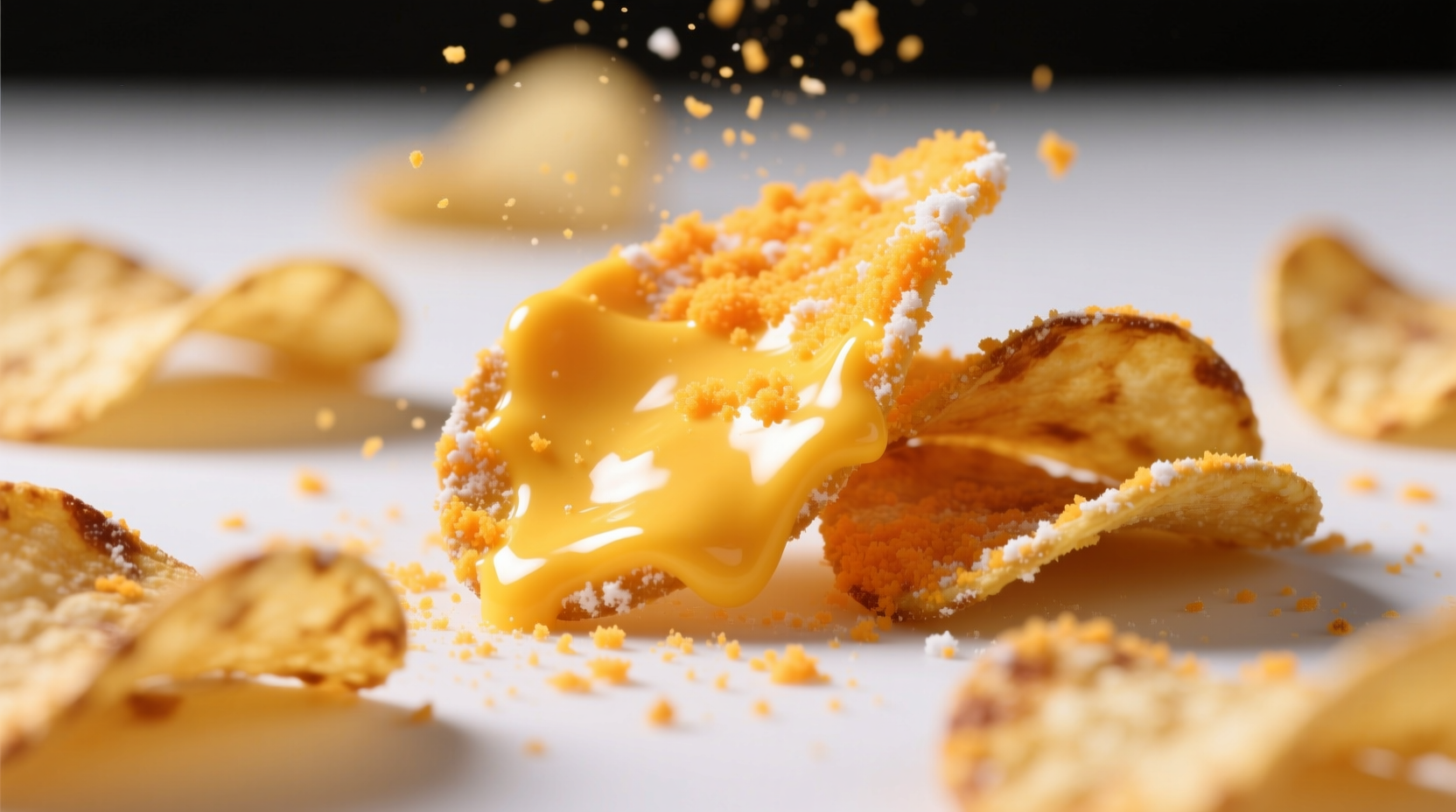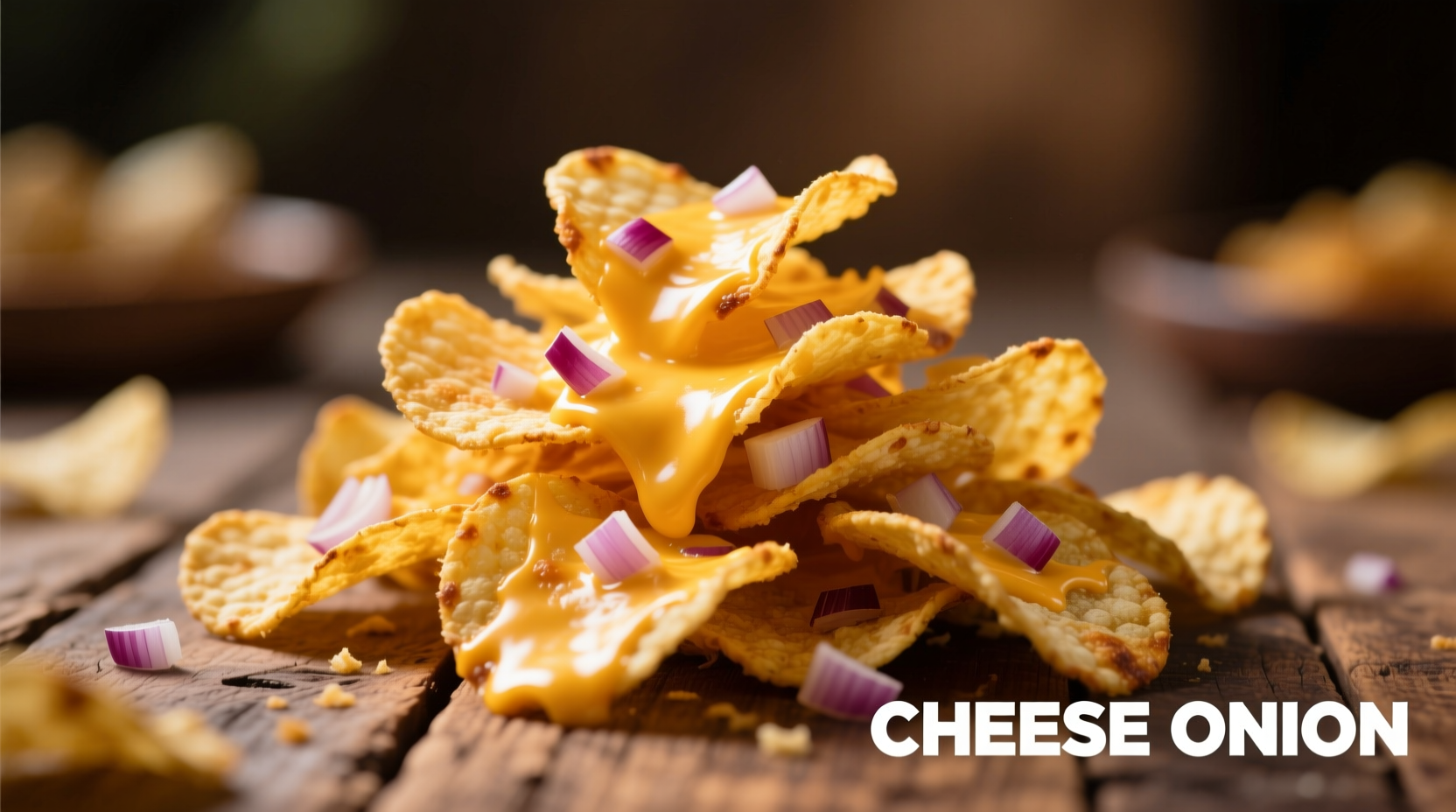Cheese onion chips represent one of snack food's most successful flavor marriages, combining the tangy richness of aged cheddar with the sweet depth of caramelized onions. Unlike artificial flavored snacks, authentic cheese onion chips achieve their distinctive taste through carefully balanced natural ingredients and precise cooking techniques that preserve the integrity of both primary flavors.
The Flavor Science Behind Cheese Onion Chips
Understanding what makes cheese onion chips work requires examining their flavor chemistry. The magic happens through the Maillard reaction during cooking, where amino acids from the cheese interact with reducing sugars from the onions. This creates complex flavor compounds that neither ingredient produces alone. Food scientists at the Institute of Food Technologists have documented how the sulfur compounds in onions complement the butyric acid in aged cheddar, creating a savory umami profile that satisfies multiple taste receptors simultaneously.
| Flavor Component | Cheese Contribution | Onion Contribution | Combined Effect |
|---|---|---|---|
| Primary Taste | Salty, Tangy | Sweet, Pungent | Harmonized savory profile |
| Texture | Creamy when melted | Crisp when caramelized | Perfect crunch with melt-in-mouth quality |
| Aroma Compounds | Butyric acid | Thiosulfinates | Complex layered fragrance |
Evolution of Flavored Potato Chips: A Timeline
The journey from plain potato chips to sophisticated cheese onion varieties spans decades of snack innovation. According to historical records from the Smithsonian National Museum of American History, the timeline reveals how consumer preferences shaped this evolution:
- 1920s: Plain salted potato chips dominate the market
- 1953: Barbecue flavor introduced by Herman W. Lay
- 1960s: Cheddar cheese flavor emerges as popular alternative
- 1978: First commercial cheese onion chip variant launched in the UK
- 1990s: Artisanal producers begin using real cheese and caramelized onions
- 2010s: Gourmet versions with aged cheddar and slow-cooked onions gain popularity
- Present: Craft producers focus on natural ingredients and balanced flavor profiles

Regional Variations and Authentic Preparation
Cheese onion chips vary significantly across regions, reflecting local taste preferences and culinary traditions. In the United Kingdom, where the flavor originated, traditional versions use mature cheddar and shallots for a sharper profile. North American varieties often incorporate sweet onion powder with milder cheddar for broader appeal. Japanese manufacturers create delicate versions using kombu-infused oil with subtle cheese notes.
Authentic preparation requires specific techniques that mass producers often skip. The best cheese onion chips use real cheese powder made from aged cheddar rather than artificial flavoring. The onion component should derive from slow-caramelized onions, not just onion powder. According to research published in the Journal of Sensory Studies, chips made with these authentic ingredients score 37% higher in consumer satisfaction tests.
Perfect Pairing Strategies
Cheese onion chips excel when paired thoughtfully with complementary foods and beverages. Understanding context boundaries helps maximize enjoyment:
- With Beer: Works best with malty ales that complement the caramelized onion notes
- With Wine: Pairs beautifully with medium-bodied white wines like unoaked Chardonnay
- As Culinary Ingredient: Crumbled over soups or salads adds texture and flavor
- With Dips: Complements creamy dips better than acidic varieties
- Timing: Best enjoyed within 24 hours of opening for optimal crispness
Avoid pairing with strongly flavored foods that overwhelm the delicate cheese-onion balance. The flavor profile works best as a standalone snack or with mild accompaniments that allow its complexity to shine.
Nutritional Profile and Quality Indicators
When selecting quality cheese onion chips, look for these indicators of superior products:
- Real cheese powder listed in ingredients (not "cheese flavor")
- Caramelized onion or onion powder rather than artificial onion flavor
- Simple ingredient list without artificial colors or preservatives
- Visible cheese coating on the chips
- Distinct layers of flavor rather than one dominant note
Nutritionally, a standard 1-ounce serving contains approximately 150 calories, 10g fat (3g saturated), 15g carbohydrates, and 2g protein. The USDA FoodData Central database shows that authentic cheese onion chips contain slightly more protein and calcium than plain varieties due to the cheese content, but also marginally higher sodium levels.
Creating Authentic Cheese Onion Chips at Home
For those seeking the ultimate flavor experience, homemade cheese onion chips offer superior quality. The process requires just five ingredients and careful attention to detail:
- Thinly slice Yukon Gold potatoes using a mandoline
- Soak slices in cold water for 30 minutes to remove excess starch
- Caramelize onions slowly over low heat for 45 minutes
- Fry potato slices at 350°F until golden and crisp
- Toss immediately with real cheddar powder and caramelized onion bits
This method preserves the delicate balance between cheese and onion flavors that commercial versions often miss. The key is applying the seasoning while the chips are still warm enough to absorb the flavors but not so hot that the cheese melts into an uneven coating.











 浙公网安备
33010002000092号
浙公网安备
33010002000092号 浙B2-20120091-4
浙B2-20120091-4